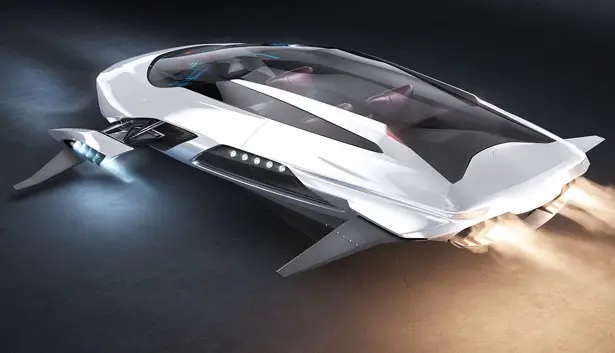

Build marketable skillsets in one of three concentrations: Vehicle Exteriors, Vehicle Interiors (including UI and UX) or Alternative Transportation (including aircraft, marine, motorcycle, personal mobility and public transit). You’ll gain expertise in drawing, physical and digital modeling, vehicle architecture, materials and aerodynamics. Here, you'll build on the traditional style aspects of comfort, safety and usability with fresh perspectives on sustainable mobility, product life cycle and brand integrity. Program OverviewĪs a transportation design major, you’ll approach vehicles as vessels with distinctive personalities, wide-ranging social impacts, and high-performing functions.

As an ArtCenter student, you'll build your portfolio and your career while pursuing your degree. Our location within Southern California's transportation design hub offers unique access to some of the country’s most advanced automotive design and alternative energy studios. As a student in ArtCenter's transportation design program, you’ll study the history and technologies that got us where we are today while gaining hands-on experience designing, modeling and realizing flagship designs for the vehicles of tomorrow. There’s still an enormous list of unanswered legislative questions.Not since the birth of the automobile has the transportation industry seen such rapid change-and with these changes come great opportunities for designers. But, much like self-driving technology, actually selling these vehicles to the public is wrapped in yards of red tape. The regularity with which these concepts are appearing shows that the automotive industry is interested in getting the technology on the market. It’s a modular two-seat passenger cabin that can be attached to either an electric skateboard platform for driving on the road, or a set of electric rotors that provide around 30 miles of flight distance. Back in 2018, the German brand teamed up with Italdesign and Airbus to create the Pop.Up Next (pictured below). No wheels in sight.Īudi’s effort is one of the more striking ones. Renault, for example, recently previewed the AIR4 concept (pictured above), as a reimagined version of a Renault 4 body perched atop an oversized electric drone. More recently, manufacturers have ditched the idea of wheels altogether, preferring the same quad-copter approach taken by Suzuki and SkyDrive. Early efforts tried to combine the functions of both a car and an aircraft into one fixed vehicle – so they often had stowable wings or deployable rotors that needed to be unfurled when you wanted to take to the sky. Manufacturers have floated a variety of designs over the years. Instead of naming them “flying cars,” it might be more useful to refer to these vehicles as “compact personal aircraft.” They’re designed to perform the functions that would usually be handled by a car but, instead of getting about on the ground, you’re up in the sky. Have a look at Suzuki and SkyDrive’s effort above. And no, this isn’t a simple question that can be answered with an ignorant response such as: “they’re cars wot fly, you muppet.”įlying cars can take on a variety of forms – a lot of which don’t look like cars in the traditional sense. What are flying cars? And will they ever take off? Once the show closes its doors, the two firms plan to roll their air taxi service out across other regions of Japan. The theme for the technology show will be centred on designing future society, with a focus on affairs such as eco-friendly transport, healthcare and sanitation.

Suzuki and SkyDrive plan to launch an air taxi service, which will transport show-goers around Japan’s Osaka Bay area during the 2025 World Exposition. Suzuki sees the opportunity as a chance to broaden its product portfolio and “remain indispensable to people by staying closely attuned to lives and providing mobility.” Currently, Suzuki sells transport for land and water, offering buyers a choice of cars, motorbikes and outboard motors for boats – meaning the sky’s the final frontier for the brand to conquer.Ī full-scale launch for the new two-seat flying car (pictured above in concept form) has already been scheduled for 2025.


 0 kommentar(er)
0 kommentar(er)
